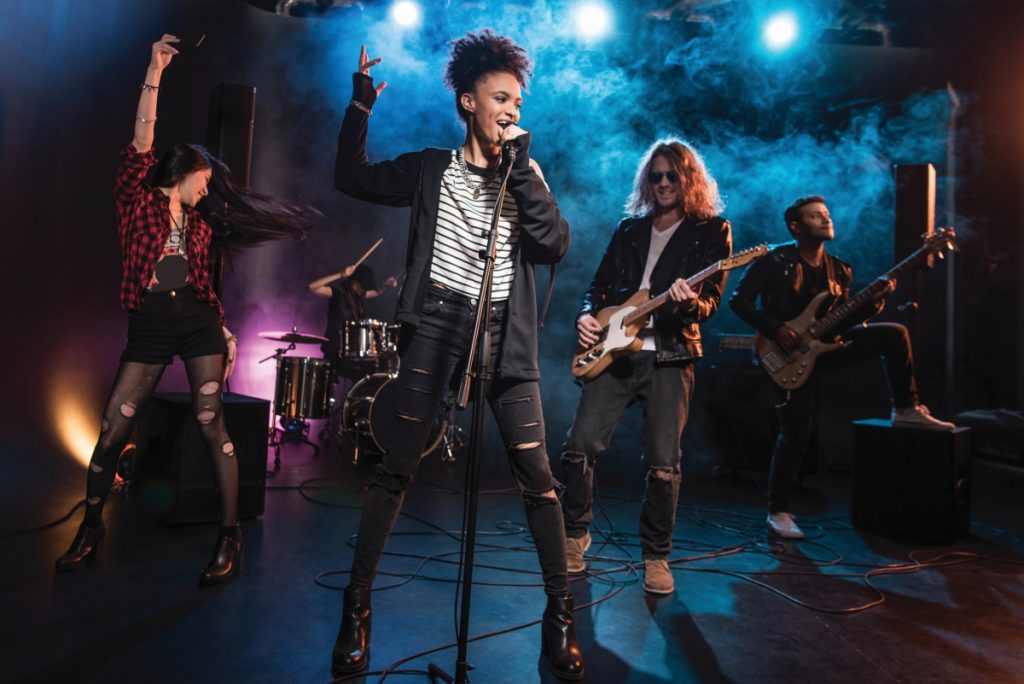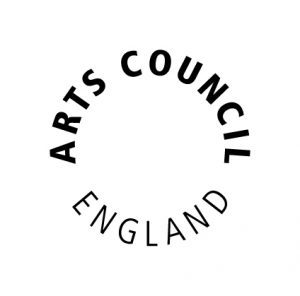Let’s Create: What Art Council England’s 10-year strategy means for schools and young people
In 2020, Arts Council England, England’s national development agency for creativity and culture, set out its 10-year Strategy and, over the course of this year, is publishing its delivery plan for 2021-24. We read through the Strategy, known as Let’s Create, and selected key elements to understand what it will mean for schools and young people
WHAT IS ART COUNCIL ENGLAND’S VISION?
By 2030, we want England to be a country in which the creativity of each of us is valued and given the chance to flourish, and where every one of us has access to a remarkable range of high-quality cultural experiences. Recognition of the part that creativity and culture can play in supporting local economies and talent, health and wellbeing, and children and young people, has flourished over recent years, strengthening our partnerships with local and national government, opening up new avenues for all who work in museums, libraries and arts organisations, and improving the lives of people everywhere.
WHERE DO SCHOOLS AND YOUNG PEOPLE SIT WITHIN THE 10-YEAR STRATEGY?
Children and young people were at the heart of our first Strategy and it was clear from our consultation that the public places tremendous value on our support for them. So, over the next 10 years, we will focus a large part of our development role on ensuring that children and young people are able to fulfil their creative potential, and access the highest-quality cultural experiences where they live, where they go to school and where they spend their free time.
Our partnership with the Department for Education will remain central to our work in this area. We will continue to advocate – to the Department for Education, and to the public and teachers – for the value of creativity in education as well as the importance of a rich curriculum that includes art and design, dance, drama and music. Securing the creative and cultural lives of all our children and young people is critical to realising this Strategy’s vision for 2030.
WHAT ARE THE ISSUES FACING SCHOOLS AND YOUNG PEOPLE?
Children and young people talk passionately about the pleasure they get from creative activities (many of which they undertake in their own time, and often online) and how they use them to express themselves and develop their skills and confidence. They also talk about the important role that creative activities can play in helping them deal with anxiety, stress and social isolation. However, for most young people, access to high quality creative and cultural opportunities outside of the home is o dependent on their social background and their postcode. This has to change.
By 2030, we want England to be a country in which the creativity of each of us is valued and given the chance to flourish, and where every one of us has access to a remarkable range of high-quality cultural experiences. Recognition of the part that creativity and culture can play in supporting local economies and talent, health and wellbeing, and children and young people, has flourished over recent years, strengthening our partnerships with local and national government, opening up new avenues for all who work in museums, libraries and arts organisations, and improving the lives of people everywhere.
WHERE DO SCHOOLS AND YOUNG PEOPLE SIT WITHIN THE 10-YEAR STRATEGY?
Children and young people were at the heart of our first Strategy and it was clear from our consultation that the public places tremendous value on our support for them. So, over the next 10 years, we will focus a large part of our development role on ensuring that children and young people are able to fulfil their creative potential, and access the highest-quality cultural experiences where they live, where they go to school and where they spend their free time.
Our partnership with the Department for Education will remain central to our work in this area. We will continue to advocate – to the Department for Education, and to the public and teachers – for the value of creativity in education as well as the importance of a rich curriculum that includes art and design, dance, drama and music. Securing the creative and cultural lives of all our children and young people is critical to realising this Strategy’s vision for 2030.
WHAT ARE THE ISSUES FACING SCHOOLS AND YOUNG PEOPLE?
Children and young people talk passionately about the pleasure they get from creative activities (many of which they undertake in their own time, and often online) and how they use them to express themselves and develop their skills and confidence. They also talk about the important role that creative activities can play in helping them deal with anxiety, stress and social isolation. However, for most young people, access to high quality creative and cultural opportunities outside of the home is o dependent on their social background and their postcode. This has to change.
HOW WILL ARTS COUNCIL ENGLAND TACKLE THE ISSUE OF INEQUALITY?
We will make the case for a stronger focus on teaching for creativity and critical thinking across the curriculum, both to school leaders and to the Department for Education. Employers from all industries and sectors spoke of the value they placed on creative skills and critical thinking in their workforces, and over the next decade, we will work to ensure that those skills are developed more effectively in young people.
In addition, we are committed to ensuring that a broad and vital arts curriculum is taught in all schools. We will also encourage the Department for Education to build on its current investment in Music Education Hubs, National Youth Music and Dance organisations, In Harmony and Saturday Clubs, so that all children and young people in this country can develop their creative potential, inside and outside of school. Finally, we will create clearer, more accessible pathways for children and young people who are interested in pursuing careers in the creative industries.
We will publish a set of named priority places in which cultural engagement and our current investment are too low, and where, as a result, opportunities for creative and cultural engagement are underdeveloped. We will particularly focus on supporting programmes that improve opportunities for children and young people in these places to access high-quality culture and realise their creative potential. We will support this work with a range of investment and capacity-building programmes, including via the National Portfolio, ring-fenced Place Partnership Funds within NLPG, Developing Your Creative Practice, and Creative People and Places.
HOW WILL ARTS COUNCIL ENGLAND SUPPORT CAREERS IN THE ARTS?
Given the very visible impact of the pandemic on the creative industries, there is a real danger that many young people will abandon their aspirations for a career in our sector. We will work with others to rebuild confidence, especially among children and young people, in the viability of a career in the creative industries. We will work with partners to ensure that new pathways into the creative industries are opened up for young people everywhere, but especially Black, Asian, ethnically diverse and disabled creative practitioners, as well as those from lower socio-economic backgrounds.
HOW WILL ARTS COUNCIL ENGLAND WORK WITH CULTURAL ORGANISATIONS?
We believe that cooperation between cultural organisations and local partners is particularly effective when it is aimed at supporting children and young people. We will encourage cultural organisations to work in partnership with local education providers to plan, resource and deliver a joined-up cultural education programme that ensures every child in their area can access high-quality culture and realise their creative potential.
- NATIONAL YOUTH MUSIC ORGANISATIONS
Organisations that operate across the country and provide progression routes and pathways for talented young musicians to develop, across a range of musical genres. They are jointly supported by Arts Council England and the Department for Education.
- MUSIC EDUCATION HUBS
Groups of organisations – such as local authorities, schools, cultural organisations, and community or voluntary organisations – working together to create joined-up music education provision. They respond to local need and fulfil the objectives of the National Plan for Music Education. Arts Council England manages funding for Music Education Hubs on behalf of the Department for Education.
- SATURDAY CLUBS
A national programme developed in 2009 with a vision to create regular opportunities for young people to be inspired by and develop within the creative industries. The programme is open to anyone between the ages of 13-16 and is delivered in colleges and universities across the UK. It is jointly supported by Arts Council England and the Department for Education
WHAT CAN WE EXPECT FROM ARTS COUNCIL ENGLAND IN THE NEXT TEN YEARS?
The next decade, in our national role, we will strive to be relevant and responsive to the public, the cultural sector and the places that we are here to serve, by listening and giving voice to a wide a range of people, including young people.



